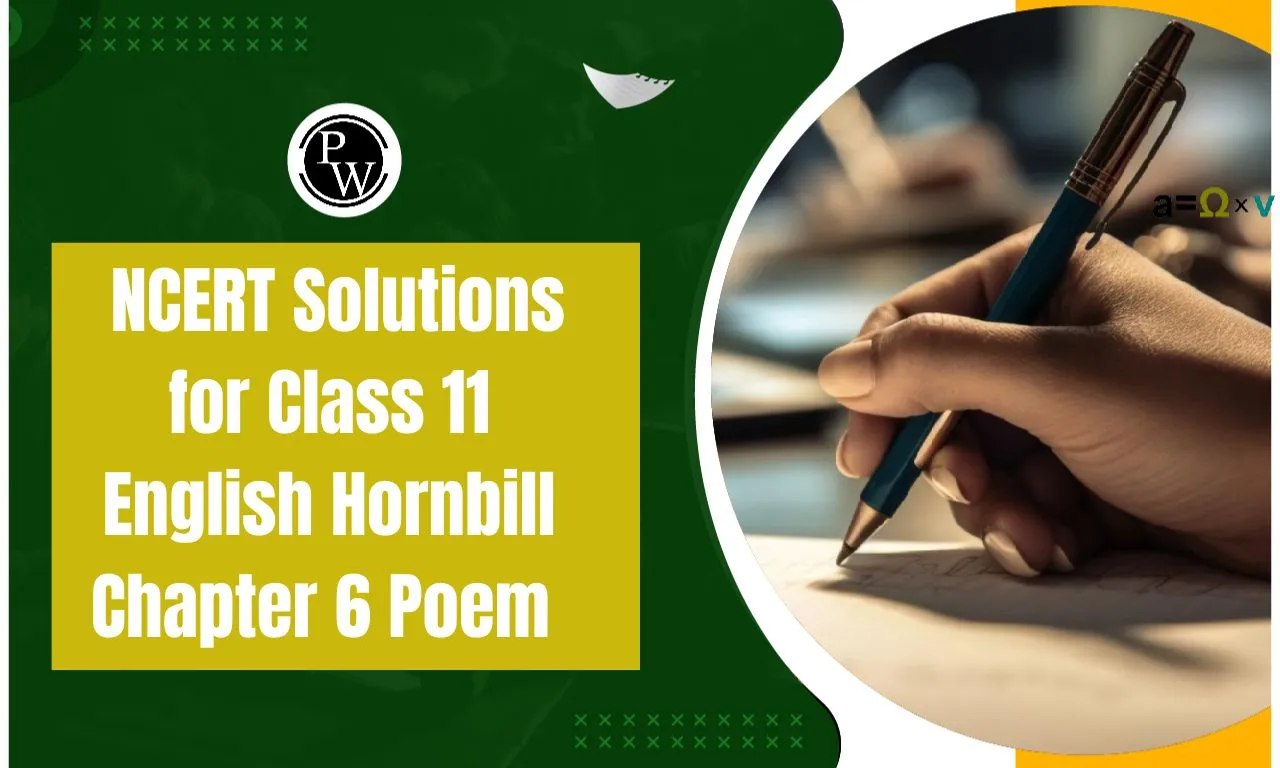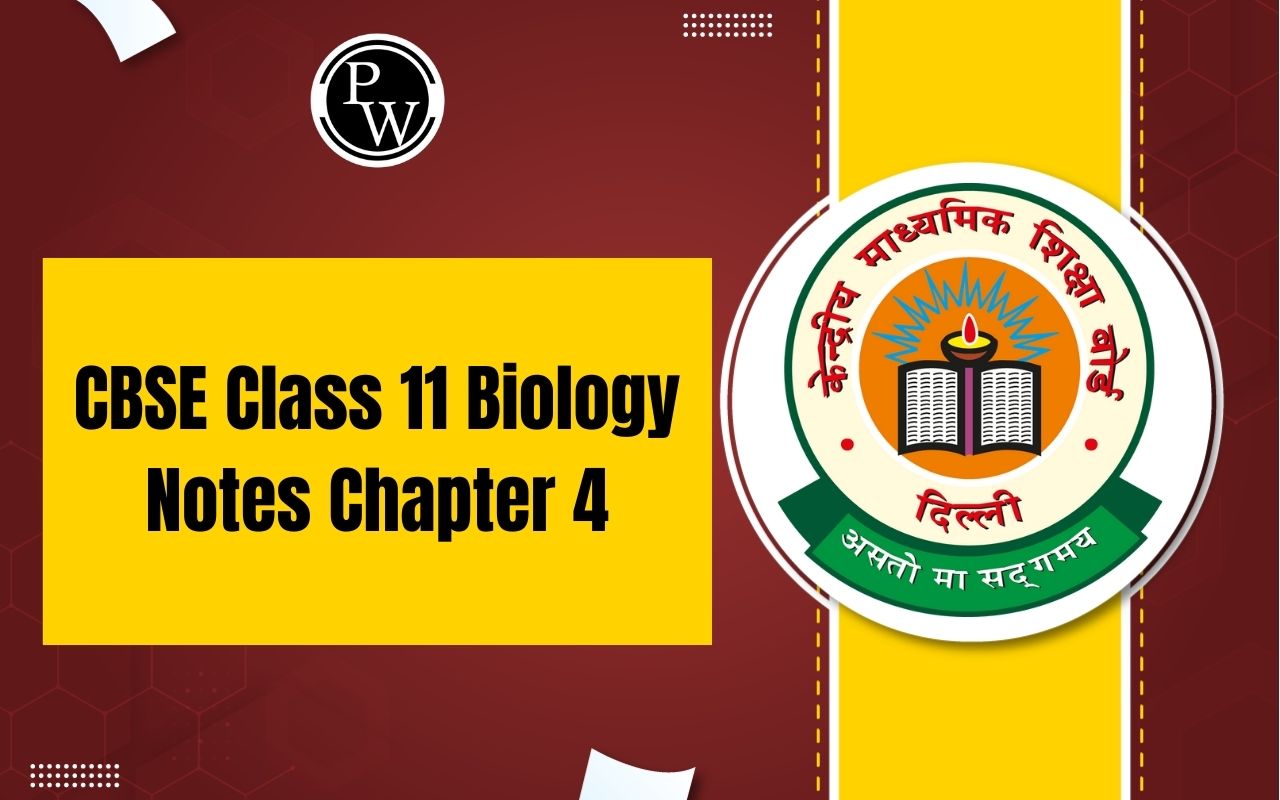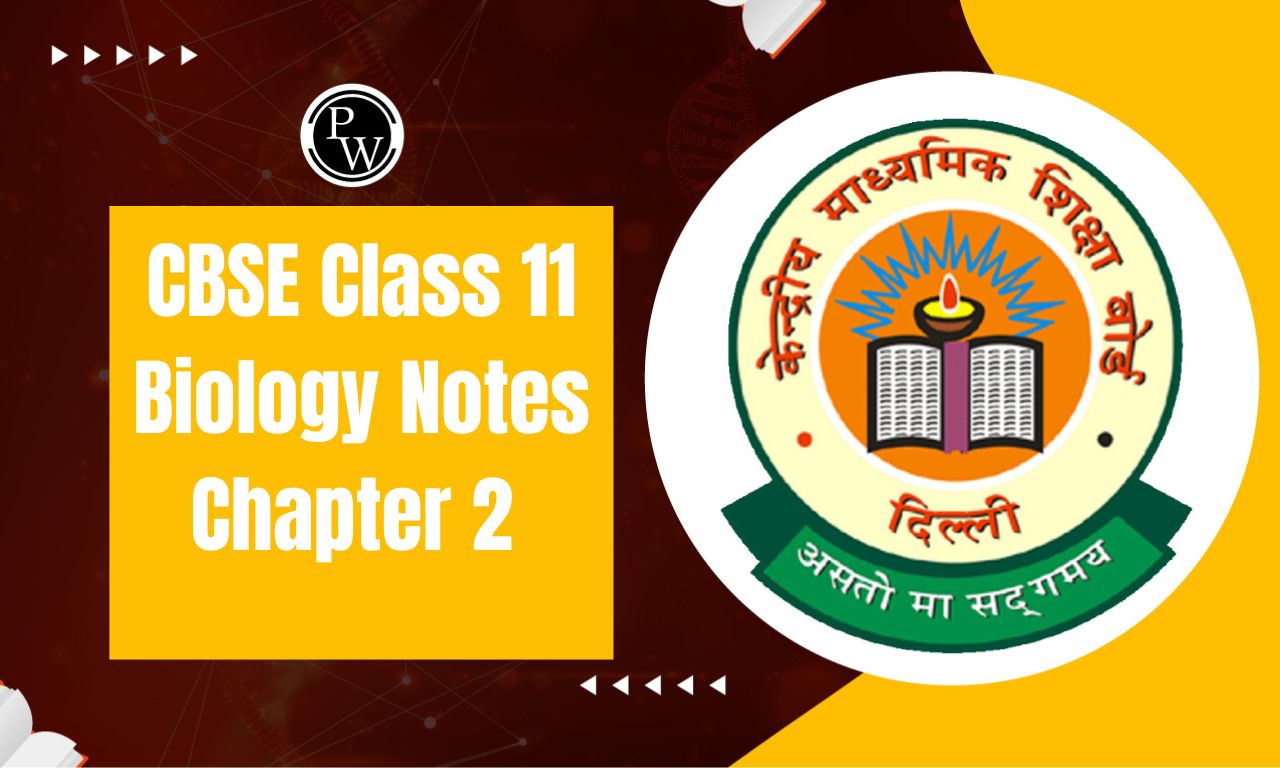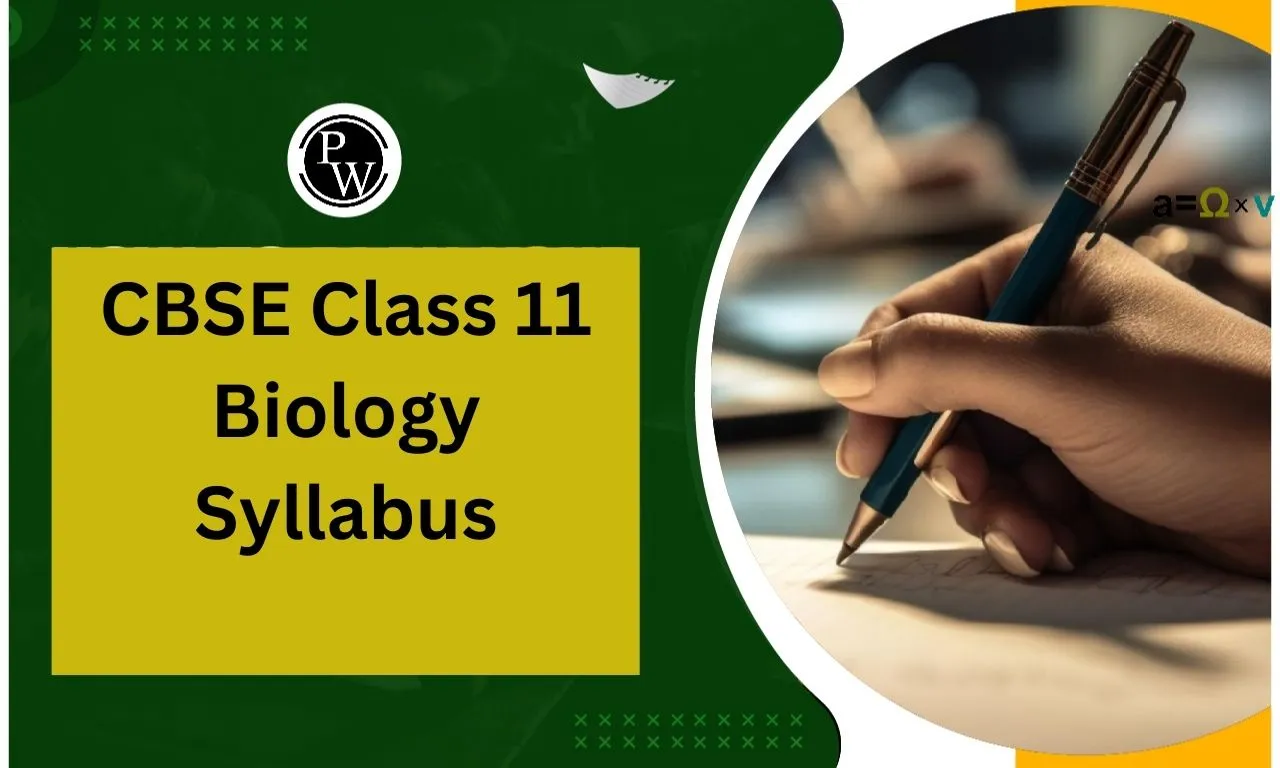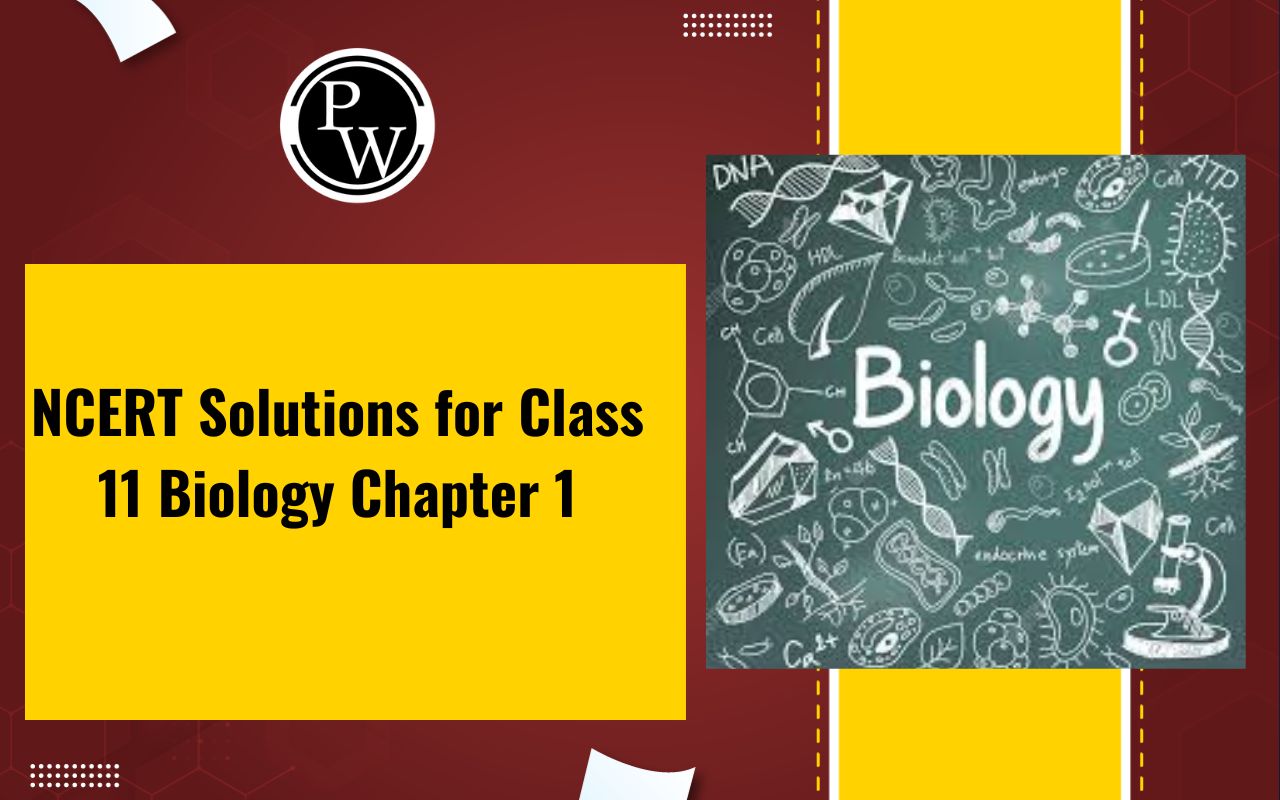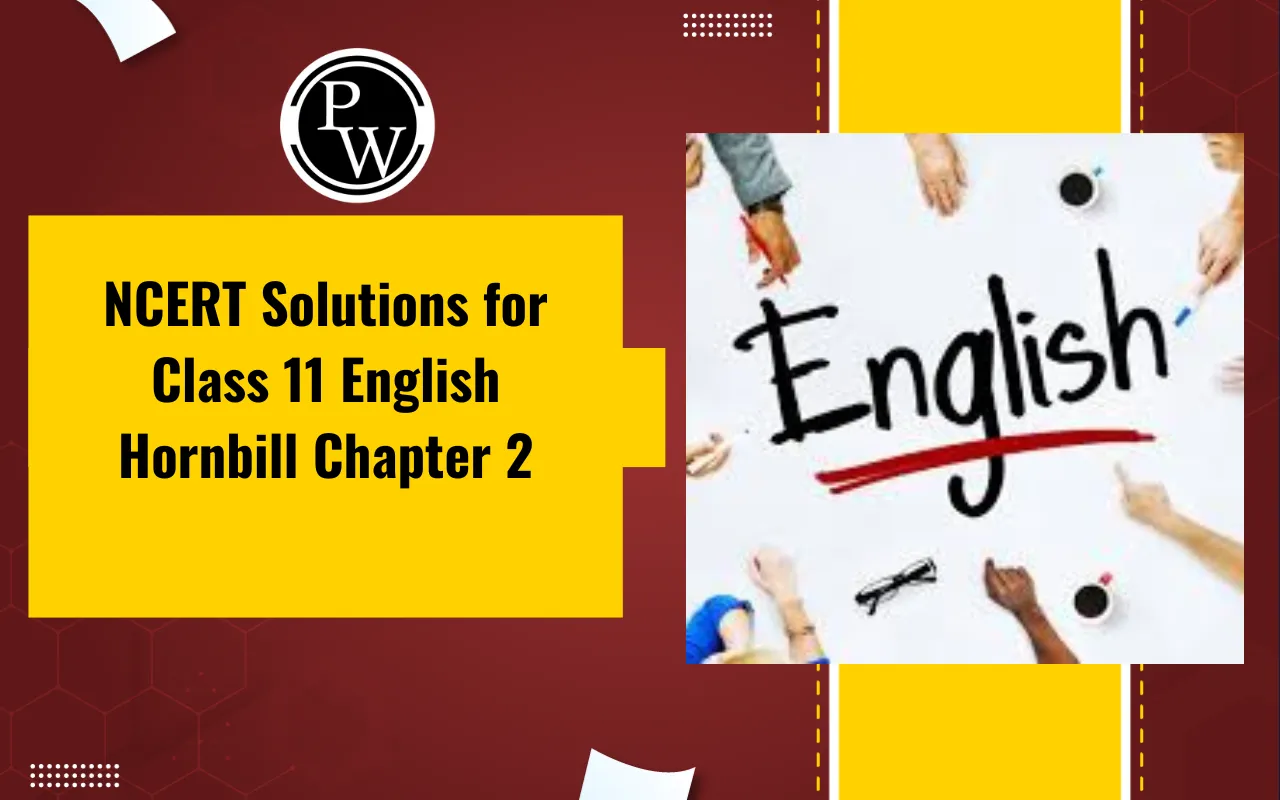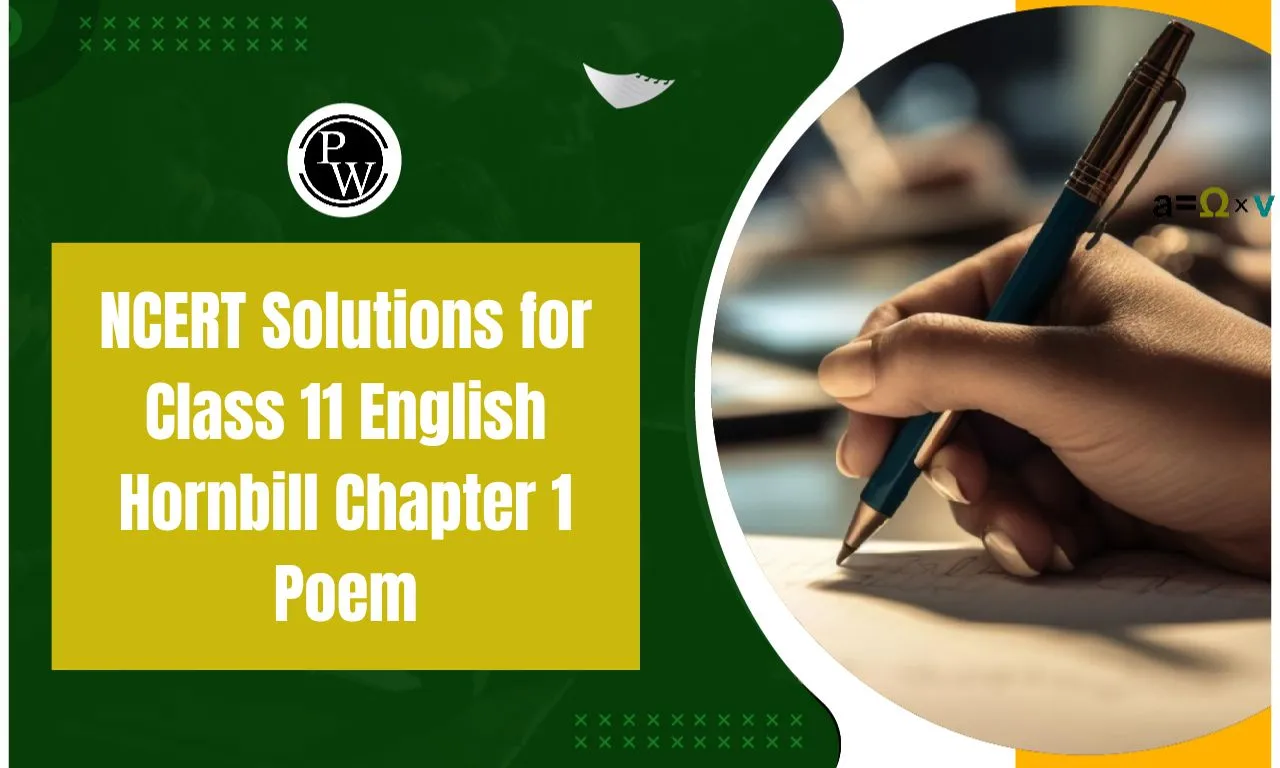
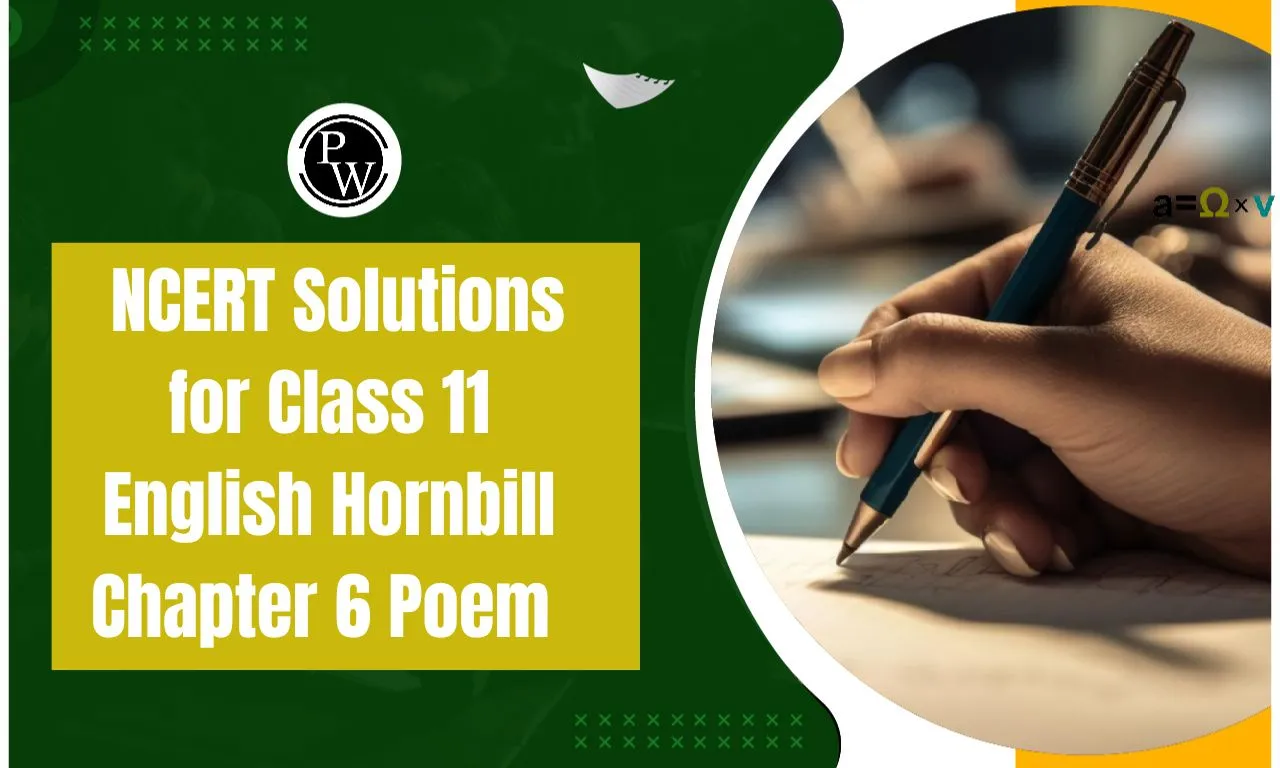
NCERT Solutions for Class 11 English Hornbill Chapter 6 Poem: "Childhood," written by Markus Natten, explores the transition from childhood to adulthood. The poet reflects on the moment he lost his innocence and became aware of hypocrisy, logic, and individual identity.
He questions when exactly childhood ended—was it when he understood that adults do not always practice what they preach, when he realized the power of independent thought, or when he became self-aware? The poem concludes with the poet acknowledging that childhood is not lost in a specific place but in the passage of time. It beautifully captures the nostalgia and philosophical reflection on growing up.
NCERT Solutions for Class 11 English Hornbill Chapter 6 Poem Overview
The poem Childhood by Markus Natten holds great significance as it delves into the inevitable transition from innocence to maturity. It highlights the realization that adulthood is often marked by hypocrisy, rational thinking, and self-awareness.
The poet’s introspection encourages readers to reflect on their own journey of growth and the loss of childhood innocence. This poem is important because it emphasizes the value of curiosity, innocence, and the carefree nature of childhood, while also acknowledging the responsibilities that come with growing up. It serves as a reminder to cherish the simplicity of childhood before stepping into adulthood’s complexities.
NCERT Solutions for Class 11 English Hornbill Chapter 6 Poem PDF
Below, we have provided a PDF containing the NCERT Solutions for Class 11 English Hornbill Chapter 6 Poem – "Childhood" by Markus Natten. These solutions offer a detailed explanation of the poem, including summaries, important questions, and answers to help students understand its themes and literary devices. This resource will assist in exam preparation and enhance comprehension of the poem’s deeper meanings. Download the PDF below!
NCERT Solutions for Class 11 English Hornbill Chapter 6 Poem PDF
NCERT Solutions for Class 11 English Hornbill Chapter 6 Poem Childhood
Think it out
1. Identify the stanza that talks of each of the following.
individuality rationalism hypocrisy
Answer:
Individuality – Third stanza
Rationalism – First stanza
Hypocrisy – Second stanza
2. What according to the poem is involved in the process of growing up?
Answer:
In the poem, the poet describes the process of growing up from childhood to adolescence. He believes that losing his childhood brings certain qualities that define adolescence. These include understanding logic and the ability to differentiate things, recognizing the hypocrisy of adults, and realizing the power of individuality and self-confidence. The poet sees these changes as important steps in his journey toward maturity.
3. What is the poet’s feeling towards childhood?
Answer:
According to the poet, childhood is the first stage of life, which is followed by adolescence. In childhood, people easily believe whatever they are told, especially by adults. The poet looks forward to growing up because adolescence brings the ability to think logically, understand differences, recognize hypocrisy, and develop individuality and self-confidence. He does not regret losing his childhood, as he sees it as a natural part of growing up.
4. Which do you think are the most poetic lines? Why?
Answer:
The last stanza of the poem is the most poetic: "It went to some forgotten place / That’s hidden in an infant’s face; that’s all I know." These lines beautifully describe the process of growing up and leaving childhood behind. The poet suggests that a child's innocent face holds many unspoken emotions. He finds comfort in knowing that childhood’s innocence and purity are not completely lost but remain hidden within a child’s mind.
Benefits of Using NCERT Solutions for Class 11 English Hornbill Chapter 6 Poem Childhood
Using NCERT Solutions for the poem Childhood by Markus Natten can provide several advantages to students in understanding the poem better and preparing for exams. Here are the key benefits in detail:
1. Clear Explanation of the Poem’s Themes
NCERT solutions offer a structured explanation of the main themes of the poem, such as the transition from childhood to adolescence, the realization of adult hypocrisy, the development of individualism, and self-awareness. This helps students grasp the deeper meanings within the poem.
2. Easy Understanding of Poetic Devices
The solutions break down the literary devices used in the poem, such as metaphors, alliteration, personification, and imagery. Understanding these poetic elements helps students appreciate how the poet conveys emotions and ideas effectively.
3. Provides Accurate and Well-Structured Answers
NCERT solutions provide accurate, detailed, and well-structured answers to all textbook questions. This helps students write clear, precise, and well-organized answers in their exams.
4. Helps in Exam Preparation
By practicing these solutions, students become familiar with important questions and answer formats, which improves their confidence during exams. The solutions follow the CBSE marking scheme, ensuring that students are well-prepared for their English paper.
5. Enhances Analytical Thinking and Interpretation Skills
The poem Childhood encourages students to think deeply about personal growth, innocence, and maturity. NCERT solutions guide students in analyzing the poet’s thoughts and developing their own interpretations, which strengthens their critical thinking skills.
NCERT Solutions for Class 11 English Hornbill Chapter 6 Poem FAQs
What is the poem Childhood about?
Who is the poet of Childhood?
Why does the poet not regret losing his childhood?

